
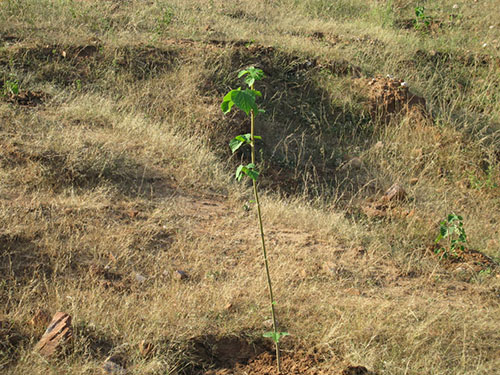


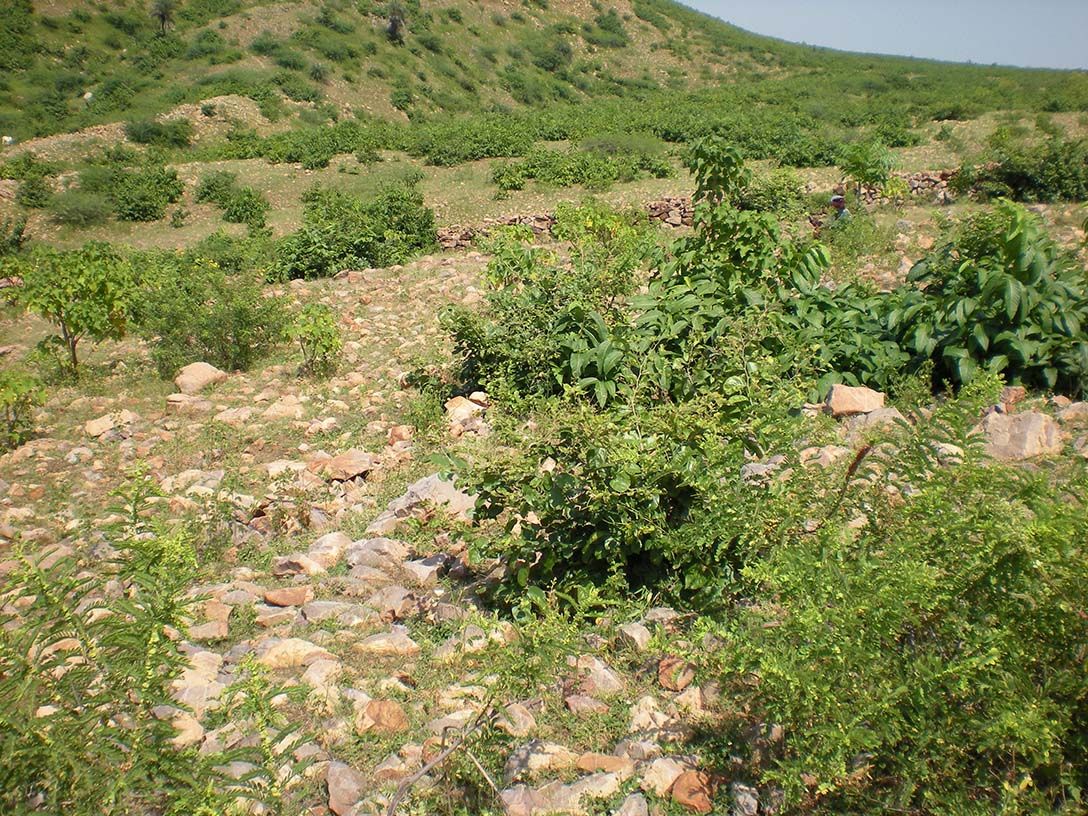


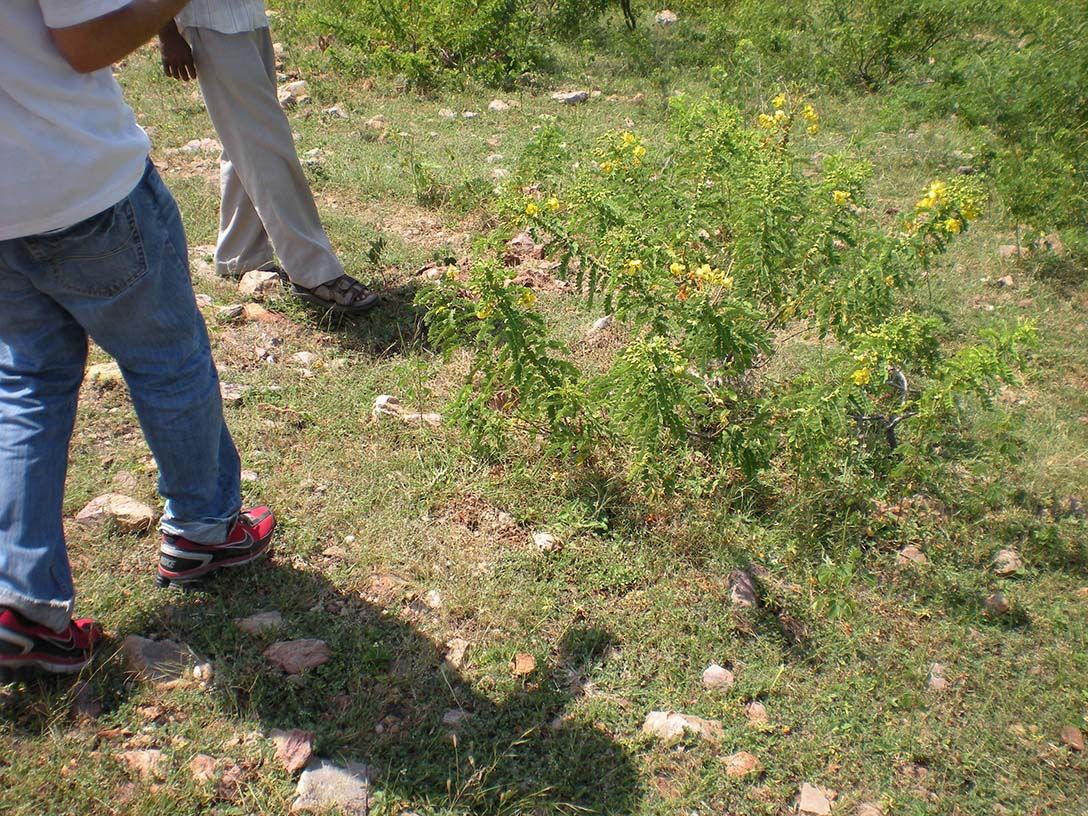
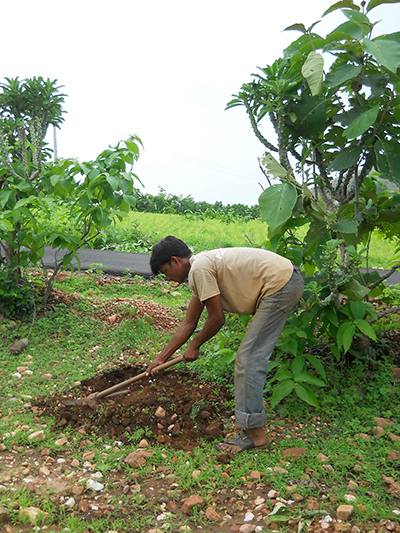

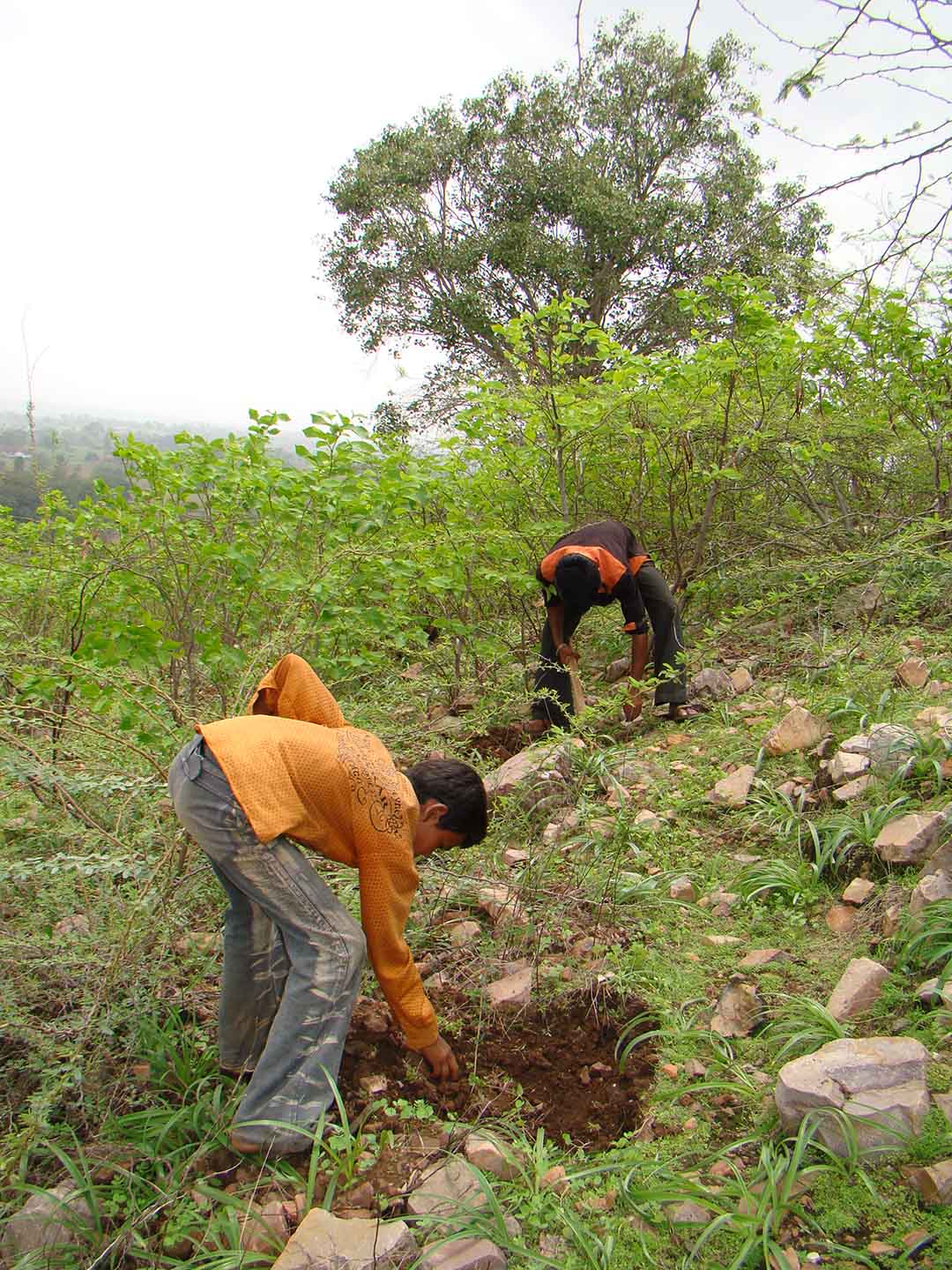
Project Target
0% Remaining
19,000
Trees Planted out of 19,000 Trees

Project Location:
Plantation of 19,000 trees in villages of Kotra, Surpur, Kaliyari and Varasada, Panchmahal, Gujarat, India
Project Aim
Sustainable agriculture is attained with the help of planting trees that release the crop-friendly nutrients into the soil, facilitating the growth of crops, which in return contributes the poverty alleviation programmes (‘The business side of sustainable forest management: Small and medium forest enterprise development for poverty reduction’ by Jason Donovan et al.). Joshua T. Bishop, in his report ‘The Economics of Non-Timber Forest Benefits: An Overview’, mentions the importance of the NTFPs to the economy of the area and the people dependent on them. Presence of humus in the soil improves the agricultural output and it prevents diseases in plants according to a report in the National Geographic Society. The Arbor Day Foundation mentions the importance of trees in controlling the loss of soil and water due to erosion and pollution.
Khair(Senegalia catechu), Netted custard apple/ Ramphal( Annona reticulata), Parpaliya(Alstonia scholaris), Jambu(Syzygium samarangense), Sadad(Terminalia arjuna) And Goras Aamli (Pithecellobium dulce).
The trees planted for the local communities are expected to improve the agricultural output and NTFP output. Both of these are provided by the local trees planted. The improvement in the agricultural output and the alternative livelihood opportunity provided in turn contribute to empowering the community financially. The release of oxygen and carbon sequestration improves the environment to improve the quality of life. The addition of organic matter into the soil in the form of decayed leaves increases the humus content to facilitate regeneration of the tree species, and retain the sustainability of the programme. The trees will also improve the agricultural output by recharging the groundwater table.
Social Impact of Growing Trees
Community Engagement
Tree planting initiatives often involve local communities, which can lead to greater community cohesion.
Ecological Education
Provides opportunities for community members, especially children, about the importance of environmental sustainability.
Urban Beautification
Trees contribute to the aesthetic enhancement of urban areas, making cities more pleasant and liveable.
Climate Resilience
By improving green cover, tree planting helps make communities more resilient against climate impacts like heatwaves.
Employment Creation
Planting trees creates employment for local community members like planting and maintenance, administrative roles, and more long-term jobs in management.
Wildlife Habitat
Trees provide critical habitats for various species of wildlife. Enhancing tree cover helps preserve biodiversity, which can be an ecological boon for local communities
Copyrights @ 2025 All rights reserved by Pangea EcoNetAssets Pvt Ltd.